The discovery not only stunned the scientific community but could change the way the world approaches this strategic resource in the 21st century.
'Industrial gold' and a 100-year-old geological mystery
“The Middle East has oil, China has rare earths” - this sentence both speaks to the vital role of rare earths in the 21st century and is an implicit affirmation of the superior resource advantage that the billion-people country is holding.
With rare reserves of 17 precious metal elements - essential materials for electric car batteries, wind turbines, semiconductor chips and advanced weapons systems - China possesses the "strategic gold" that the whole world depends on.
Not only strategic, rare earths are also the “industrial gold” of the new era. Although they only account for a very small proportion in the product structure, it is thanks to rare earths that high-tech devices operate precisely, powerfully and durably. From electric cars to military radars, rare earths are an irreplaceable link in the global supply chain.
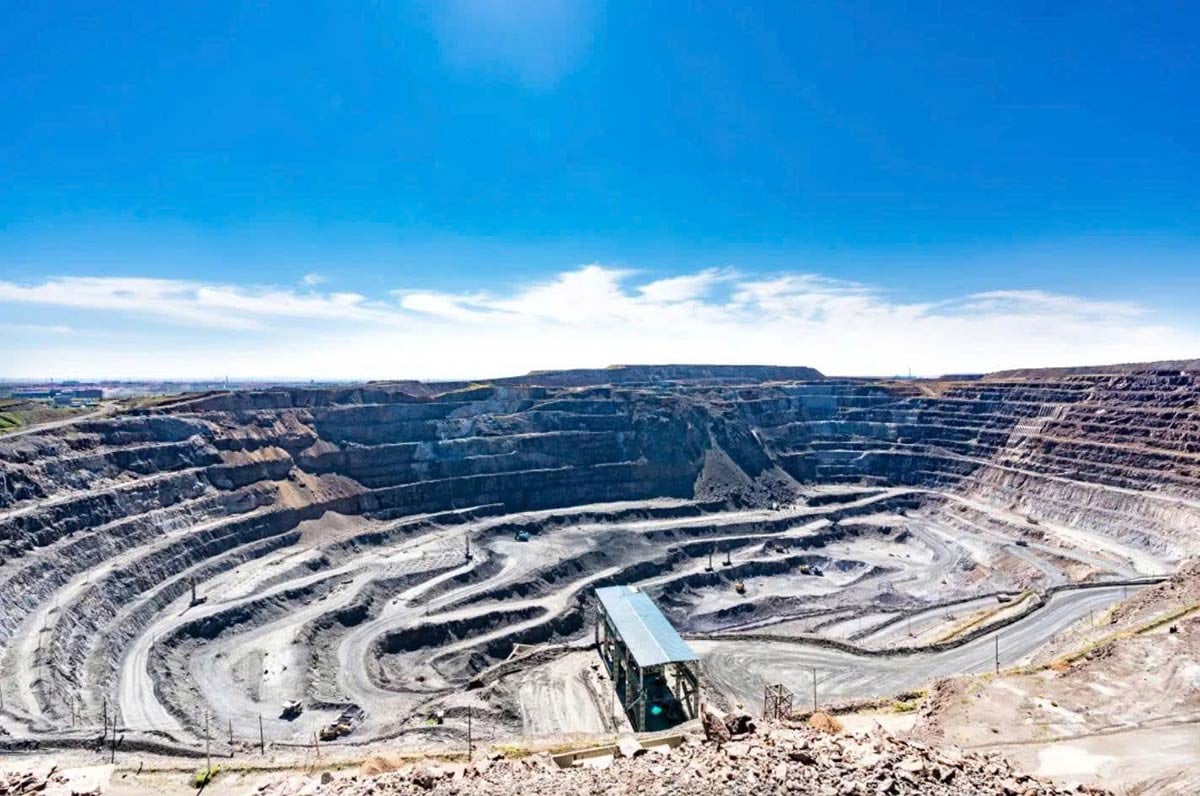
And it's hard to believe that nearly 40% of the world's rare earth reserves are located in a small, remote town in the Inner Mongolia Autonomous Region: Baiyun Aobo, which also accounts for 90% of China's reserves.
The story begins in 1927, when a young lecturer at Peking University, Ding Daoxing, discovered a range of black, metallic rocks on the vast grasslands. With his keen geological intuition, he realized that this was not just an ordinary iron mine.
After many days of surveying, he collected dozens of mineral sample boxes and named the area Baiyun Ngaobo, which means "fertile sacred mountain" in Mongolian.
China asserts resource power
A historic turning point occurred when Professor He Zuolin, a petrologist at Peking University, identified rock samples here containing extremely high levels of rare earths. For the first time, China discovered a rare earth mine of global scale.
In the 1950s, in cooperation with the Soviet Union, Professor Lam continued to affirm that Baiyun Aobo was the world's largest rare earth mine, laying the foundation for China's modern rare earth industry.
Since then, China has invested heavily in the ecosystem of rare earth mining, refining and application. Over the past four decades, China has supplied up to 66% of global rare earth production and now controls more than 80% of the processing chain, from raw mining to high-end application products.
Rare earths from Baiyun Aobo are vital to the supply chain of electric vehicles, lithium batteries, superconducting motors, and even directed energy weapons, giving China a dominant hand in global technological and geopolitical competition.
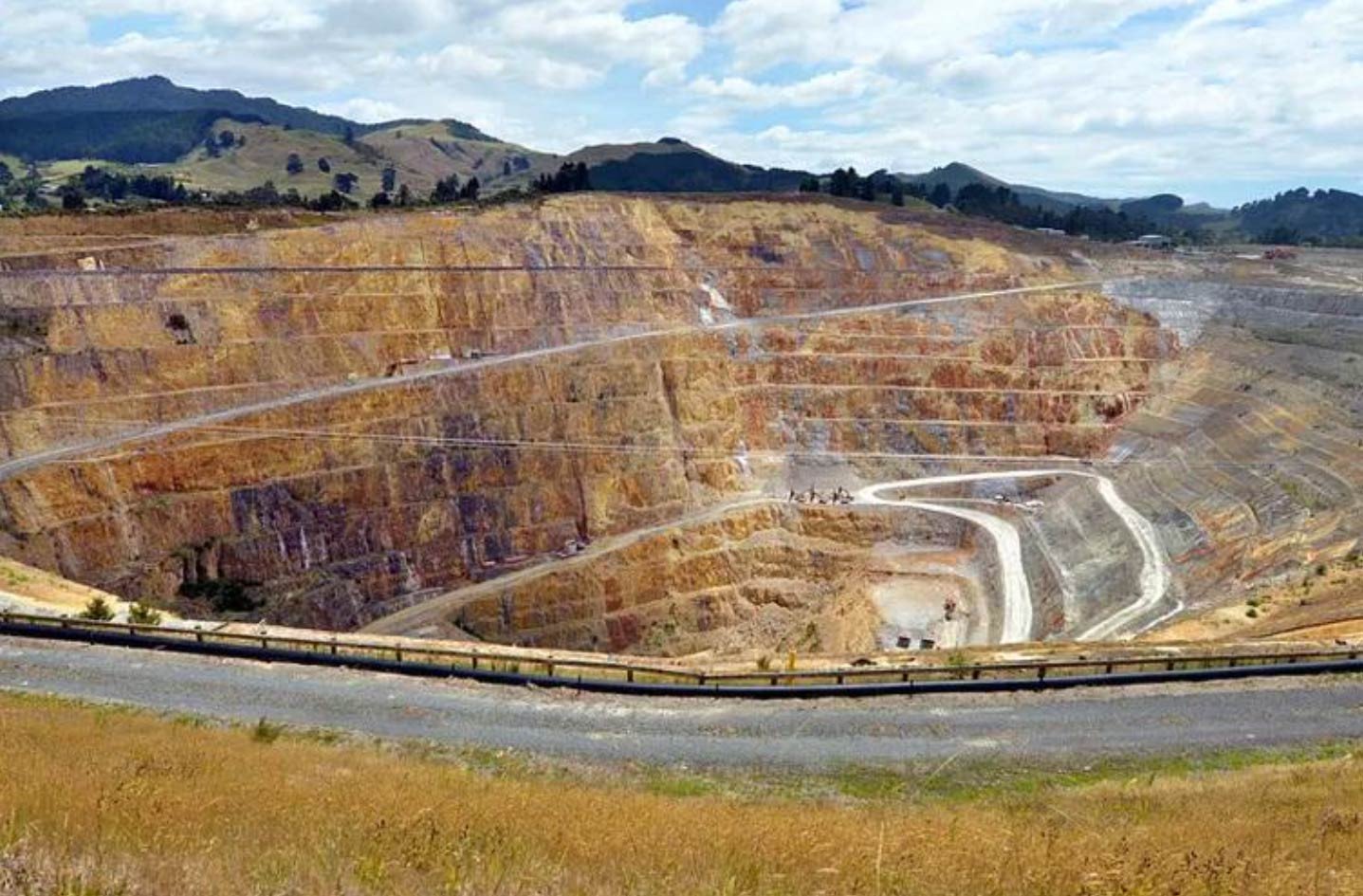
Discovering the global game changer
In April 2025, an interdisciplinary research team from Peking University and the Chinese Academy of Geological Sciences published a surprising result in the journal Science Advances : most of the rare earth resources in Baiyun Aobo were not formed 1.3 billion years ago as long assumed, but came from a magmatic activity only 430 million years ago, nearly 900 million years "younger"!
Through analyzing ore samples from 12 different years, the research team discovered that young carbonate veins had penetrated the ancient rock layer and the strong mineralization process produced more than 70% of the existing rare earths, especially the light rare earth group ( neodymium, praseodymium ) which is extremely valuable in the electric car and defense industries.
This is not only a scientific breakthrough but also opens up new exploration directions for the global rare earth industry. Other countries can now use this geological model to search for large-scale rare earth deposits, instead of continuing to depend on China.
“Understanding the geological 'source code' of Baiyun Ngao Bo is the key to competing for resources and technology in the future,” said Professor Li Yang, head of the research team.
Beijing’s control of most of the world’s rare earths has forced many developed countries such as the US, Japan, South Korea and the European Union (EU) to restructure their supply chains, find alternative sources and invest in domestic mining. However, the biggest obstacle remains the extraction technology, which is a secret that only China has mastered on an industrial scale.
In the context of escalating trade conflicts, technological competition and the race for green energy, rare earths are no longer a technical issue but a vital strategic interest. From Tesla batteries to F-35 aircraft, from medical robots to military satellites, all are “containing rare earths” from China in their internal organs.
Each new discovery of Baiyun Aobo is not only a step forward in Chinese and global geology, but also a “warning” to the rest of the world: Whoever controls rare earths controls technology and, further, controls global position in the 21st century.
According to China News

Source: https://vietnamnet.vn/he-lo-bi-an-kho-bau-tram-trieu-nam-duoi-long-dat-trung-quoc-2422536.html






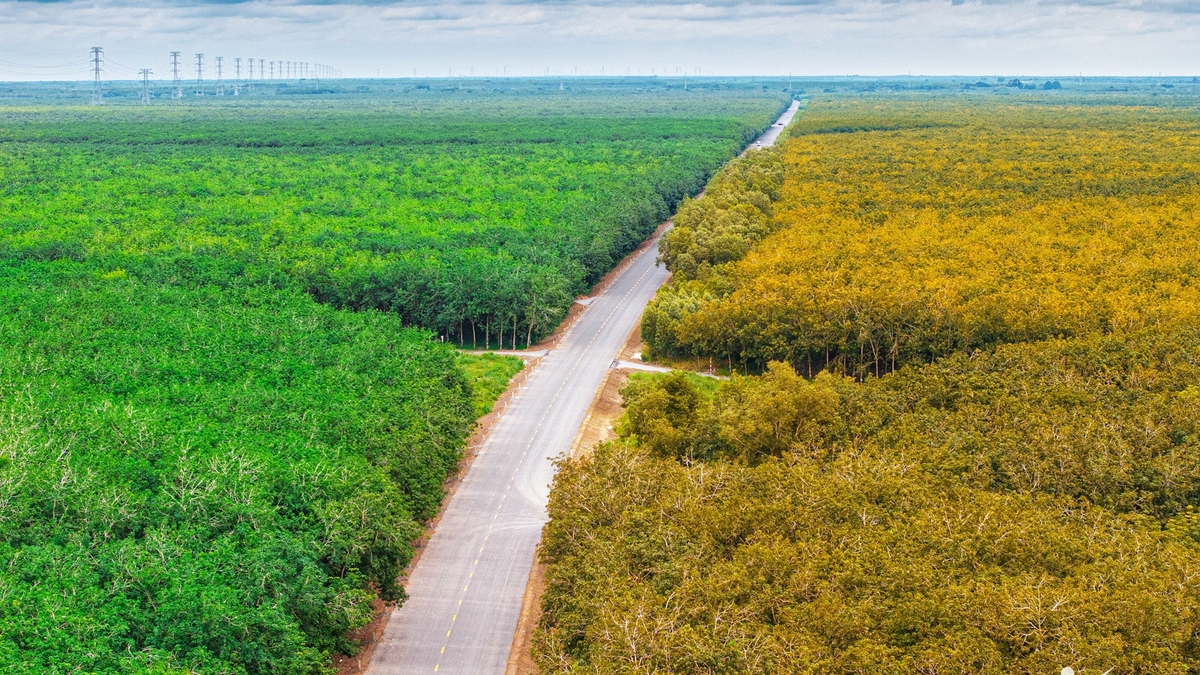

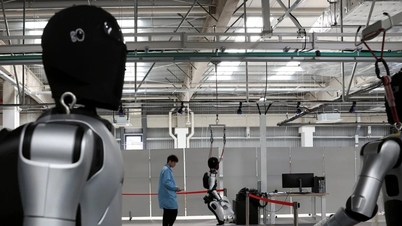















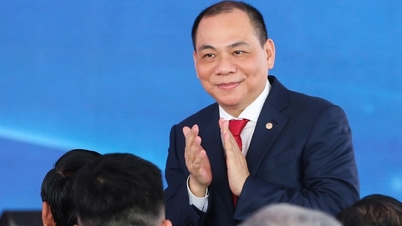
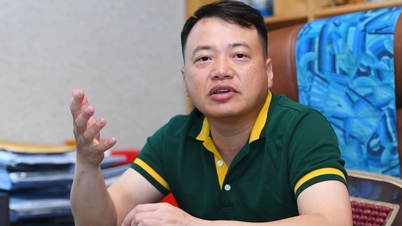




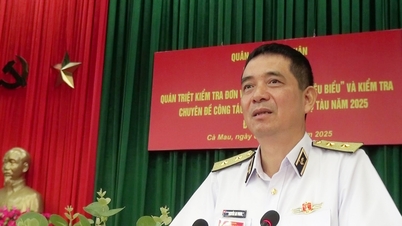

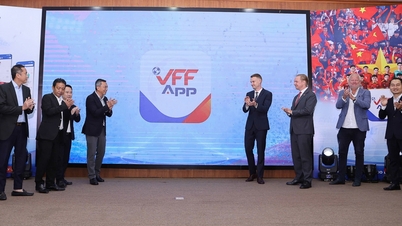

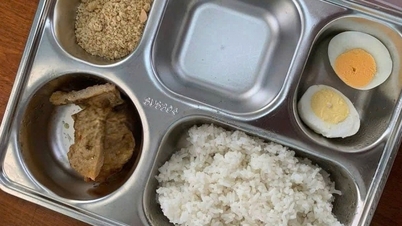




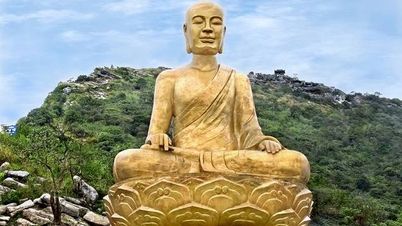



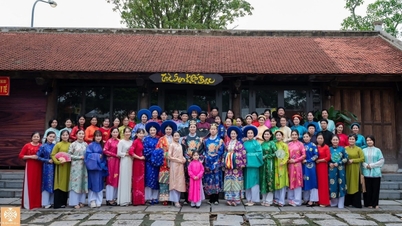



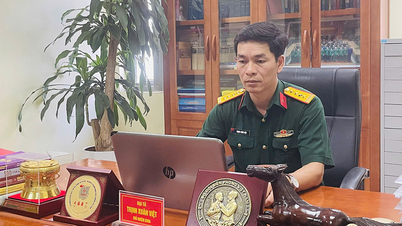





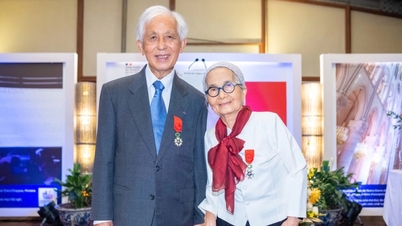





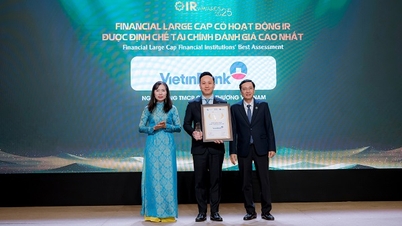

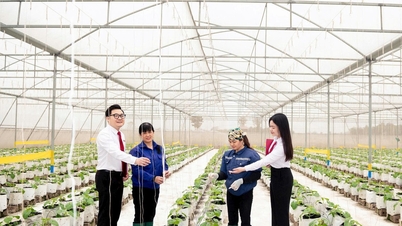







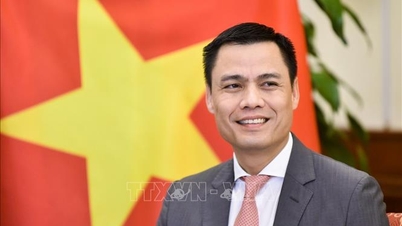

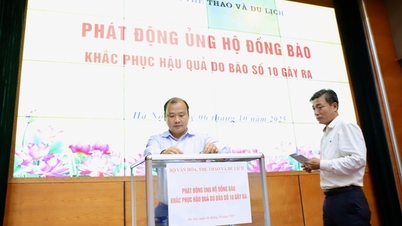


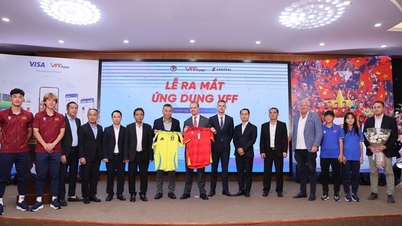











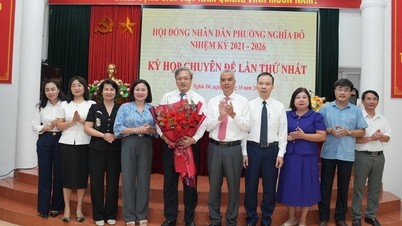


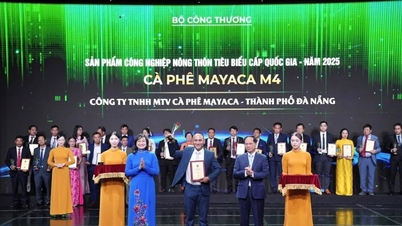

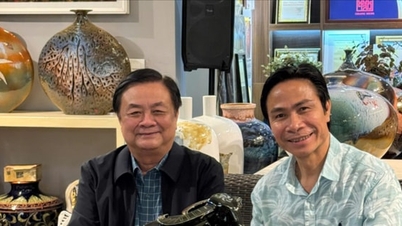

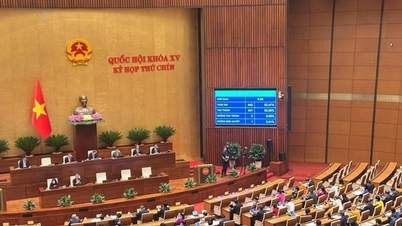









Comment (0)